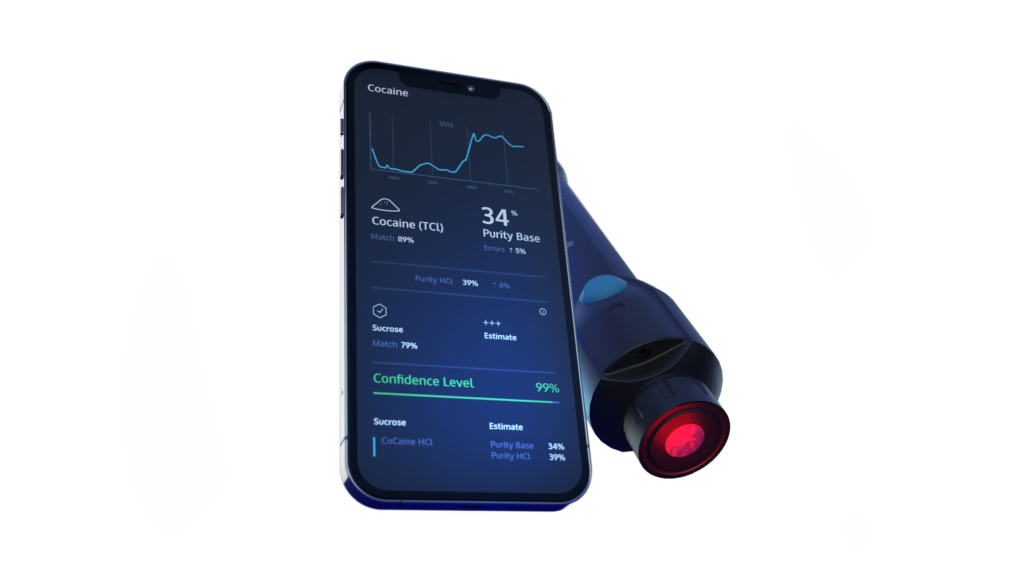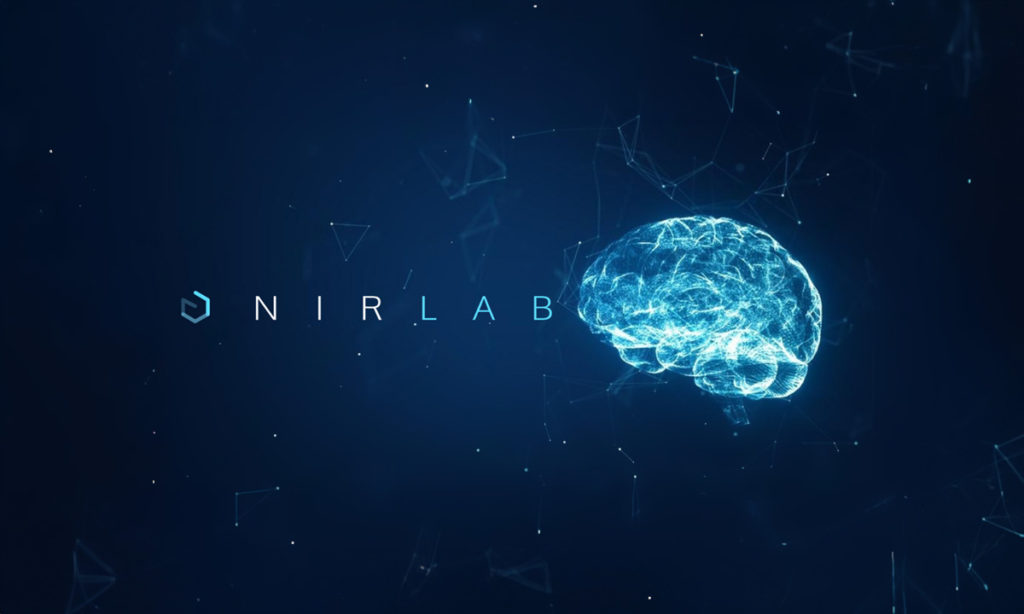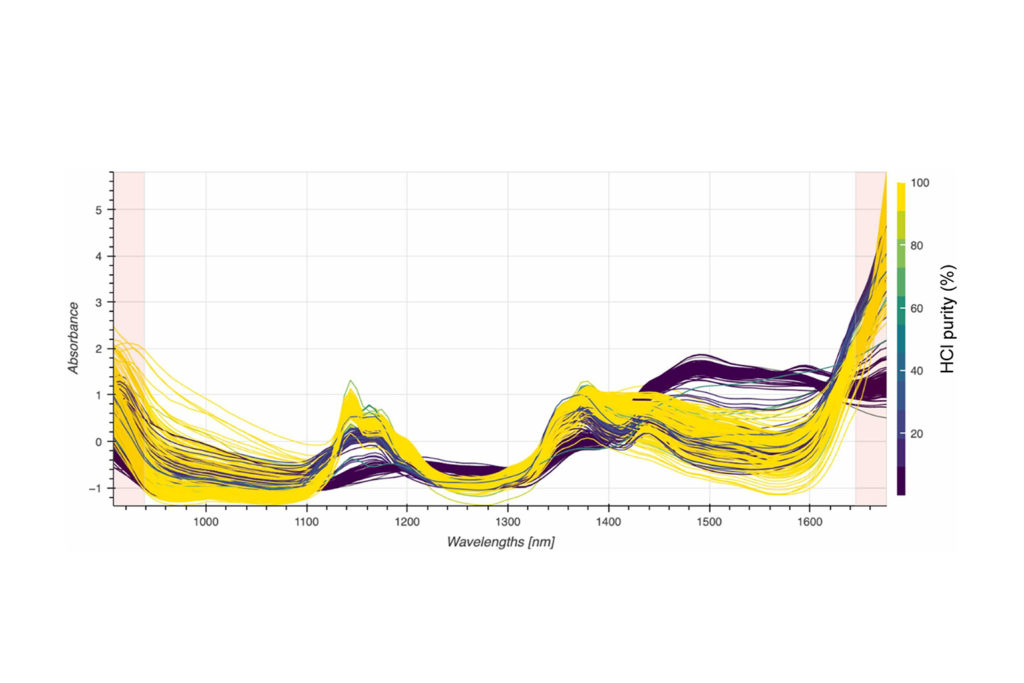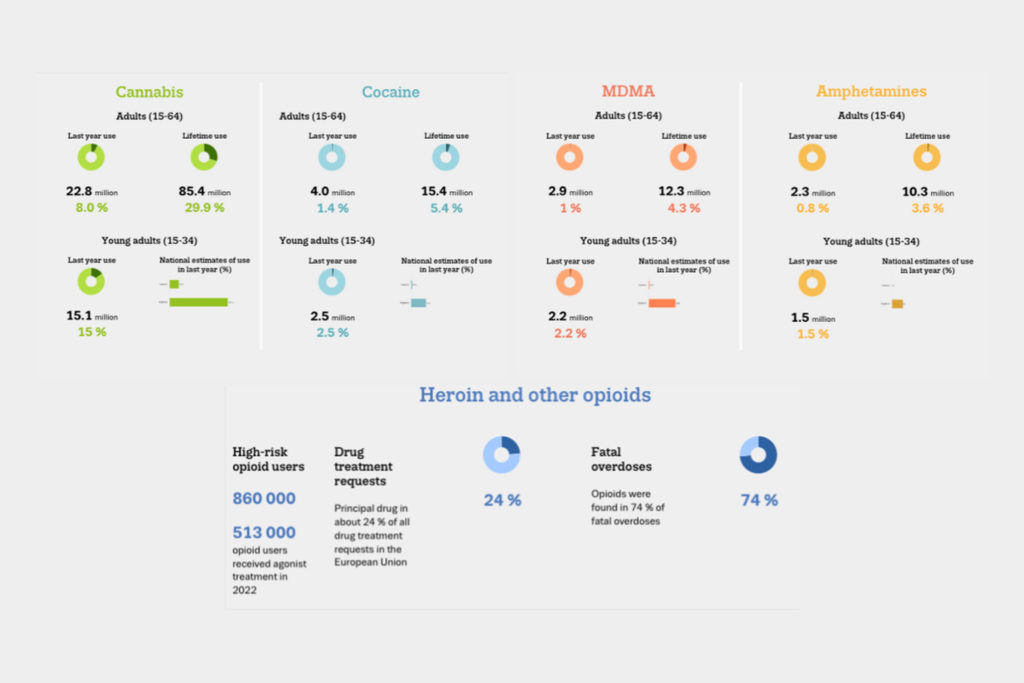
As new psychoactive substances rapidly emerge, current colorimetric tests fall short, leading to significant public safety risks and legal complexities. We introduce NIRLAB’s innovative near-infrared (NIR) technology as a transformative solution. The portable NIR detector and accompanying mobile application offer rapid, accurate, and non-destructive analysis of drugs, providing crucial advantages over conventional techniques. The adoption of NIRLAB’s system across over 30 countries demonstrates its effectiveness and the potential for enhancing law enforcement capabilities. This blog advocates for a strategic shift to NIR technology, highlighting the improvements in identification, quantification, and legal adjudication of drug-related offenses.
Combatting the Rise of New Psychoactive Substances with Advanced NIR Detection
Law enforcement agencies worldwide confront a discouraging challenge: the rapid propagation of new and unregulated psychoactive substances. The existing arsenal of drug-checking methods, particularly colorimetric tests, is proving to be increasingly ineffective. Hence, this critical shortfall necessitates a technological evolution. This blog presents NIRLAB’s near-infrared (NIR) technology as a transformative tool that promises to redefine the landscape of drug analysis. With its capacity for fast, accurate, and non-destructive testing, NIRLAB is set to become an indispensable asset in law enforcement’s ongoing campaign to intercept the flow of illicit drugs and ensure public safety. Here, we scrutinize the current predicaments faced by law enforcement and delineate how NIRLAB’s innovative approach can not only resolve prevailing issues but also fortify agencies against the complex dynamics of drug trafficking.
Challenges with Current Drug Checking Methods
The standard practices for drug analysis in law enforcement, such as colorimetric tests, are fraught with challenges. These methods are often costly, labor-intensive, and prone to inaccuracies, making them ill-suited for the fast-paced and evolving nature of drug trafficking. Colorimetric tests require specific reagents for different drugs, limiting their scope and leaving officers ill-equipped to detect novel substances. Additionally, these tests are qualitative rather than quantitative, offering limited information on drug potency or purity—vital data for distinguishing between personal use and trafficking offenses.
Moreover, the time-consuming nature of traditional drug checking can impede the swift administration of justice. Samples typically require transport to specialized laboratories for confirmation, delaying legal proceedings and potentially allowing the degradation of evidence. False positives and negatives are not uncommon, leading to wrongful arrests or the release of traffickers. There is also the issue of safety; handling reagents can pose health risks to officers, and the destruction of samples during testing eliminates the possibility of reanalysis or appeal. Advancements in Raman spectroscopy provide more sophisticated analytical tools, yet they do not fully meet law enforcement needs. Inadequate quantification capabilities, risk of damaging the samples and the high risk of fluorescence interference make it less reliable for analyzing forensic evidence.
As law enforcement confronts an ever-broadening array of synthetic drugs and analogs, the limitations of current methodologies are increasingly evident. These challenges underscore the necessity for innovative approaches to drug analysis—approaches that can keep pace with the sophistication of the illegal drug market.
NIRLAB’s Technological Solution
NIRLAB’s innovation addresses the multifaceted challenges law enforcement faces with drug analysis. Their NIR detection system employs near-infrared spectroscopy, utilizing light’s interaction with substances to identify and quantify them without altering the physical evidence. This method surpasses traditional approaches, offering a higher degree of accuracy and a broader detection spectrum.
The system’s value is highlighted in numerous case studies. Law enforcement agencies across various jurisdictions have reported significant improvements in operational efficiency after integrating NIRLAB’s technology. One such example is the deployment of NIRLAB devices at border control points, where officers have successfully intercepted large quantities of narcotics, thanks to the rapid and precise readings from the devices. This has not only enabled quicker processing but has also bolstered the safety of officers by minimizing their exposure to potentially harmful substances.
Another case where NIRLAB’s impact shines is in street-level drug enforcement. Patrol officers equipped with NIRLAB’s portable devices can perform immediate on-site analysis of suspected narcotics. This capability has drastically cut down the time required to process and charge individuals, allowing for more effective law enforcement and a significant reduction in the backlog of cases awaiting lab results.
The advantages for law enforcement are manifold. Rapid results lead to quicker decision-making, essential during live operations or when immediate hazard assessments are necessary. The non-destructive nature of NIR analysis maintains the integrity of the evidence, which is paramount for legal proceedings. Moreover, the quantification capabilities of NIRLAB are a critical asset in distinguishing between various levels of drug offenses, from personal use to distribution and trafficking.
On a broader scale, NIRLAB’s technology has been embraced internationally, with adoption in over 30 countries. This widespread acceptance is a testament to its adaptability and effectiveness. Law enforcement agencies worldwide have endorsed the technology, citing its impact on their ability to combat drug-related crimes efficiently.
The NIRLAB web platform further enhances these benefits by centralizing the decentralized data collected in the field. It allows agencies to perform rapid and intelligent analyses of the current situation, including a visual mapping of the quantification levels and total amount of substances identified. The data’s accuracy and reliability are assured by adherence to ISO 17025 standards, providing law enforcement with confidence in the evidence used in judicial proceedings. The Forensic Laboratory of the University of Lausanne has received ISO 17025 accreditation for the analysis of cocaine and heroin using NIRLAB’s handheld and cloud based NIR solution, emphasizing NIRLAB’s dedication to uphold the highest standards in forensic analysis.
A New Dawn in Law Enforcement’s Drug Combat Strategy
Considering the critical challenges law enforcement faces with traditional drug analysis methods, NIRLAB’s near-infrared (NIR) technology stands out as a key player of innovation, offering a comprehensive solution. By adopting NIRLAB’s system, law enforcement agencies are equipped with a tool that delivers rapid, accurate, and non-destructive testing capabilities, significantly advancing the fight against the illicit drug trade. NIRLAB’s system affords law enforcement the critical ability to make swift, informed decisions. The quick turnaround of results is crucial in time-sensitive scenarios, such as live operations, where immediate substance identification can alter the course of action. The non-destructive nature of NIR testing means that evidence remains intact for future examination, while the technology’s quantification capabilities provide clarity in distinguishing the scale of drug offenses.
The global adoption of NIRLAB in over 30 countries is a testament to its effectiveness and adaptability. Law enforcement agencies internationally have incorporated NIRLAB into their practices, recognizing the system’s robust contribution to their analytical capabilities. The NIRLAB Pro platform further empowers agencies by centralizing fragmented field data, enabling a comprehensive analysis of drug distribution patterns and potency levels. Compliance with ISO 17025 standards ensures that the data collected is not only valuable but also meets the highest accuracy and reliability criteria.
Conclusion
In conclusion, NIRLAB’s NIR technology represents a significant leap forward for law enforcement agencies in combating drug-related offenses. Its global endorsement and proven track record in diverse settings affirm its role as a pivotal addition to the law enforcement toolkit, ushering in a new era of smarter, more effective drug policing.
To delve further into the world of spectroscopy and discover the full capabilities of NIRLAB’s technology, we invite you to explore our other insightful articles, here. For personalized inquiries, reach out to us at contact@nirlab.com.
NIRLAB // Just Truth


